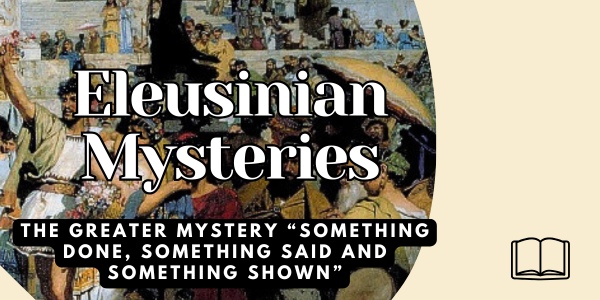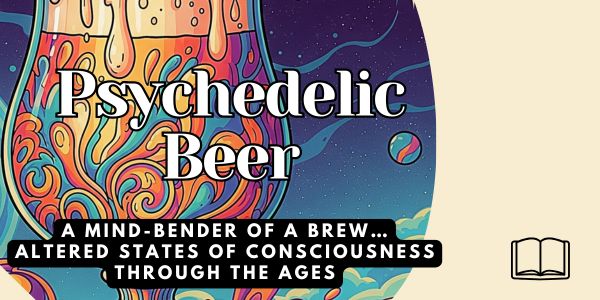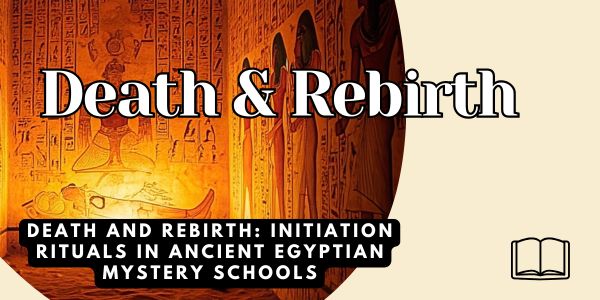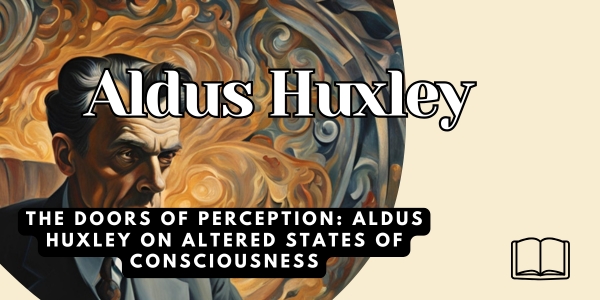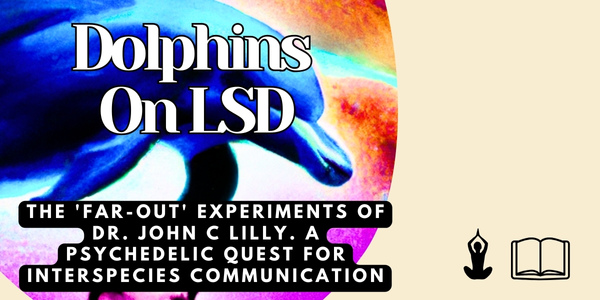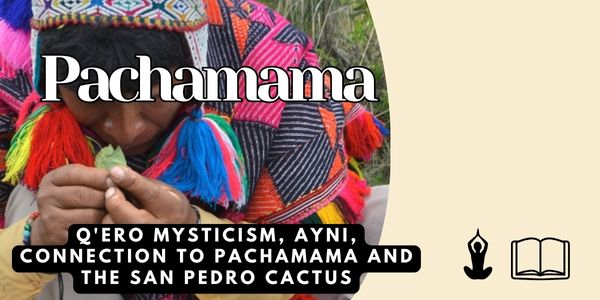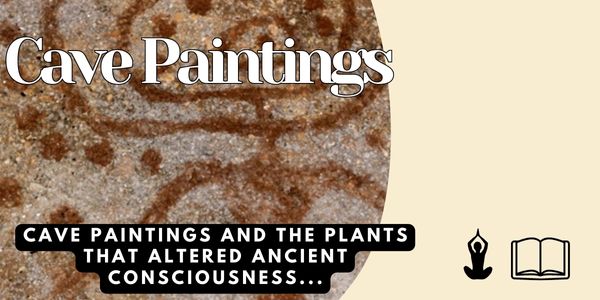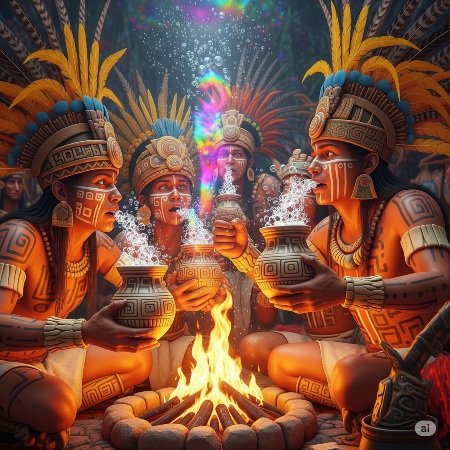
Imagine an empire expanding through talking, connection, having a shared vision for the future… and a Psychedelic Beer! A beer that doesn’t just get you tipsy but transports you to another dimension…
1000 years ago, 2000 feet above sea level in the Andes Mountain Range, a place known as Cerro Baúl was home to a large-scale ‘state run’ brewery of Psychedelic Beer. Producing 400-500 gallons (1500 – 1800 liters) of Chicha Beer at a time. This was the Wari Empire.
Using corn (instead of wheat or barley) from the Andes called Jora. Just like most beer, this special Psychedelic Beer was made by germinating and extracting the malt sugars. Then boiling the wort and fermenting it in large vessels. The archaeological discoveries at Cerro Baúl show rooms for milling, fermenting, boiling and storage… But what made this beer different from most beers was the Vilca Seeds.
Psychedelic Beers in the Andes
Vilca Seeds contain Bufotenin, a psychedelic of the tryptamine family. These seeds have been used for thousands of years by the indigenous peoples in South America to prepare hallucinogenic snuffs for ritual purposes. The Wari discovered how to brew it into a Psychedelic Beer to create a longer lasting effect.
Archaeological and anthropological evidence strongly suggests that alcohol played an important role in many aspects of ancient cultures: social, economic, spiritual and political. With the first known alcohol production dating back to around 9,000 years ago in China… With the oldest known alcoholic beverages being made from rice, honey, grapes and hawthorn fruit.
The ‘mind-bending’ effects of these ancient brews ranged from mild psychoactivity and dream enhancing… To full-on vivid visual/auditory hallucinations and out-of-body experiences.
Psychedelic Beers Around the World
With all manner of plants being added to beers (including Hemlock and Henbane) the wrong quantities of which could be lethal… And so could drinking large quantities! Henbane added a bitterness and increased intoxication… It also had the effect of causing dry mouth, which prompted increased consumption. Partly because of this the Reinheitsgebot Purity Law (of 1516) in Bavaria was introduced. This restricted beer ingredients to barley, water, hops and later yeast.
Prior to the Reinheitsgebot Law ‘Gruit’ was used. A collective term for a diverse blend of herbs, spices and plants used to flavor and preserve beer before hops became dominant.
Hops and Marijuana are very closely related belonging to the same plant family, Cannabaceae. They both contain Myrcene, Alpha-Humulene and Beta-Pinene. Myrcene has relaxing and sedative properties. Alpha-Humulene has an analgesic effects (pain reliever). And new research is showing that Beta-Pinene has anti-anxiety effects.
Amongst some of the flavorings you could have encountered in Gruit were juniper berries, bay leaves, ginger, anise, caraway seed, marjoram, mint and sage… Very different from the beer flavors of today.
Common psychoactive ingredients included: Mugwort (a dream enhancer), wormwood (famously known as the bittering and psychoactive ingredient in Absinthe still today), Hemlock and Henbane. The demand for Henbane (known as ‘Bilsenkraut’) was so significant that dedicated gardens were created for growing it.
‘Gruitrecht’ was granted by the Holy Roman Emperor to local rulers, counts, bishops and monasteries… It was the exclusive authority to create and sell Gruit mixtures to brewers. The Church tightly guarded the control over the blend of the ‘mind-bending’ aspect of Gruit at this time. Later doing a U-turn and actively demonizing Henbane, associating it with witchcraft.
Entheogenic & Psychedelic Beer
It’s also possible that Fly Agaric Mushroom (Amanita Muscaria) was brewed with grains to create SOMA from the Vedic literature.
Kykeon, the ritual drink consumed during the Eleusinian Mysteries, was a grain-based (likely barley) fermented beverage that contained Ergot. A very powerful and dangerous fungal infection of rye… known as ‘St Anthony’s fire’ (a possible ergot infection of the grains in Salem could have sparked the infamous witch hunt).
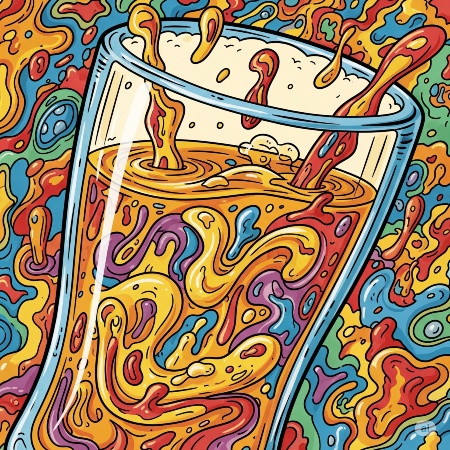
The effects described by participants of the Eleusinian Mysteries included: altered perceptions, visions, a loss of fear of death, and a sense of divine connection… Aligning well with the effects of psychedelic substances.
The desire to transcend ordinary reality is such a deep and ancient aspect of our species…
In most of the settings where we see these mind-bending substances used, it was by the ‘high’ priest, the Shaman, the witchdoctors, etc. But the Wari Empire engaged in a communal experience… As did all those who participated in the Eleusinian Mysteries celebrated annually from 1600 BCE until 392 CE, where almost anyone was welcome; men, women, emperors and slaves.


